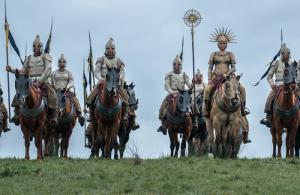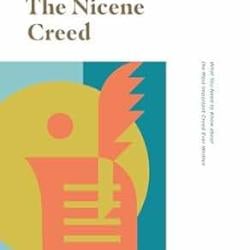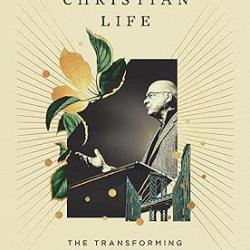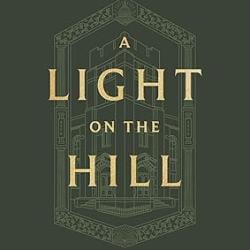
In case you’ve missed their ad campaign, Amazon’s Rings of Power has dropped its first two episodes. (Given that they’re reportedly spending about $60 million per episode and their advertising is everywhere, I don’t know how anyone could have missed it.) I’ve scrupulously avoided reading reviews of it because I don’t want my own opinion to be tainted. But I suspect that people have thoughts on everything from minority characters to cross-peoples relationships. (Cross-“species”? That’s not right either. Cross-race is what they want it to be, but it’s not that. Humans and elves, I guess?)
I also suspect that people have thoughts on 1) whether or not Rings of Power is true to the source material, and 2) whether faithfulness to the source material matters in the first place. For the record: I think faithfulness matters, but I also think there needs to be room for flexibility. This is especially true when translating one work onto a different medium and in a different time. The movie Troy captured some of this flexibility in telling the story of the Iliad for modern audiences with no gods. Again, I think there needs to be room for that kind of retelling, and if this is a telling for a specific demographic segment of contemporary culture, so be it.
As for whether or not this particular retelling is faithful to Tolkien’s vision, I think we have to wait and see. Tolkien was of course deeply conservative with a vision for preserving what was best of the past and the melancholy knowledge that while the best of the past might save us, it ultimately wouldn’t last. Heroism, self-sacrifice, and being true to the paths of our ancestors might get us through tough times today, but those things are all slipping away with the changing of the times.
So does Rings of Power line up with Tolkien’s works? Again, I think we have to wait and see. In the first episode we get a lot of variations on “know your place”, “obey the rules”, and all sorts of other things that Tolkien would have agreed with but which seem to be teeing up a scenario where the people who break the rules are the real heroes, while those who follow the rules learn a valuable lesson and change. But we don’t know that yet–there’s still room for Tolkien’s view to win out. It may be that in future episodes the main characters learn that perhaps there’s a reason for rules and traditions, and that their hope comes from living according to the wisdom handed down to them. If so, Tolkien would approve. If not, well, I’m sure there are many today who will approve instead. Again, time will tell.
I’ve said nothing here about plot or character. Frankly, it’s been a long time since I’ve read the Simarillion and I’ve never read the many, many volumes Christopher Tolkien has cranked out over the last half century, and while I’m familiar enough with Lord of the Rings and other of Tolkien’s better-known works to know his worldview, I just don’t know where the various characters and peoples fit into his mythology. So you’ll have to look elsewhere for that.
Still, the first two episodes are engaging and well-made. And as far as that goes, I’m happy to recommend them.
Dr. Coyle Neal is co-host of the City of Man Podcast an Amazon Associate (which is linked in this blog), and an Associate Professor of Political Science at Southwest Baptist University in Bolivar, MO













